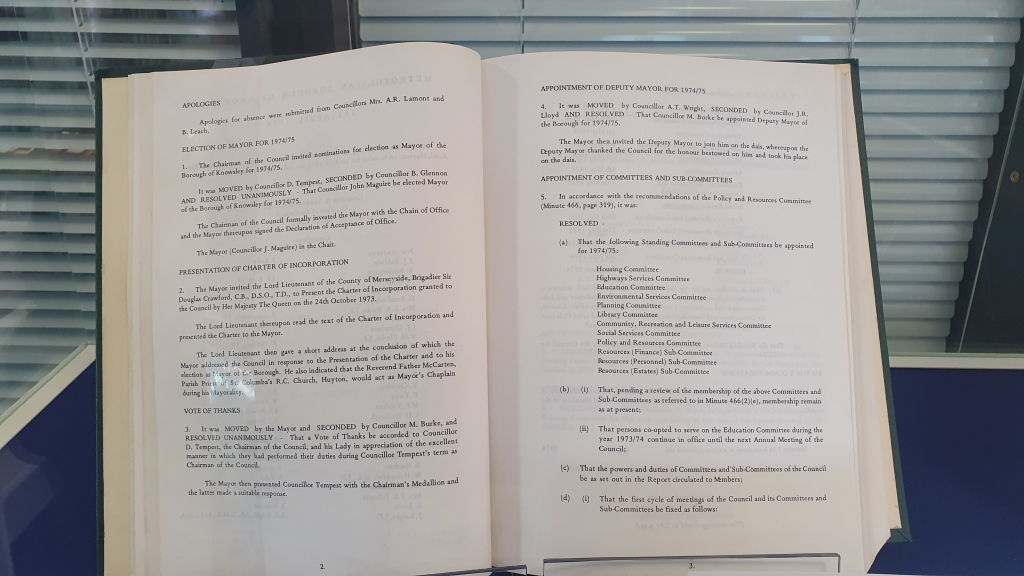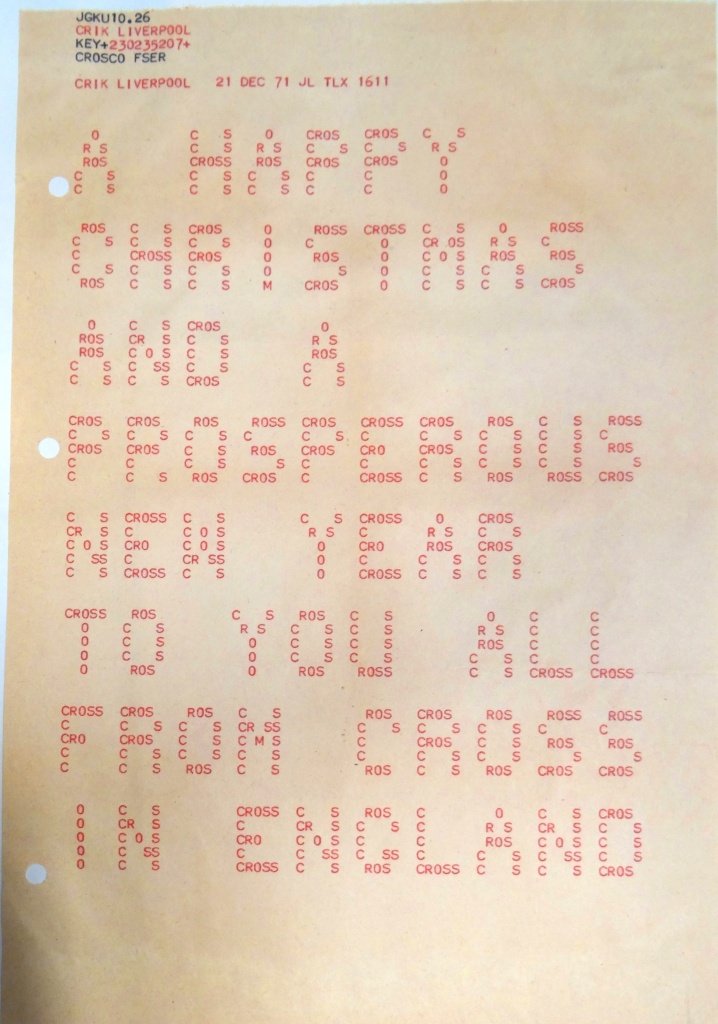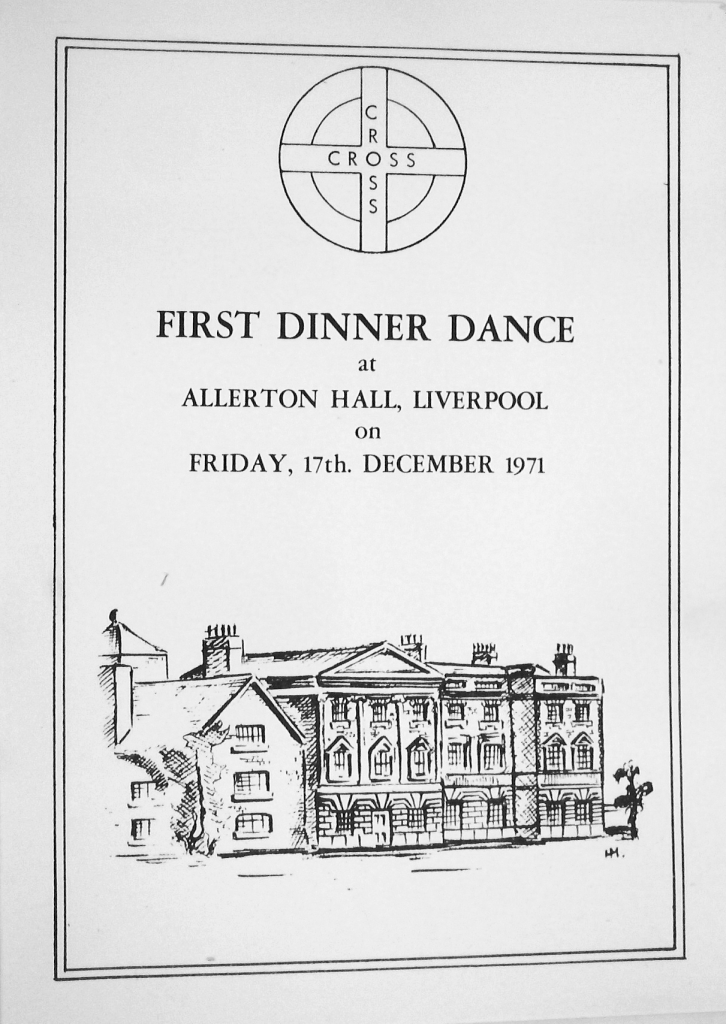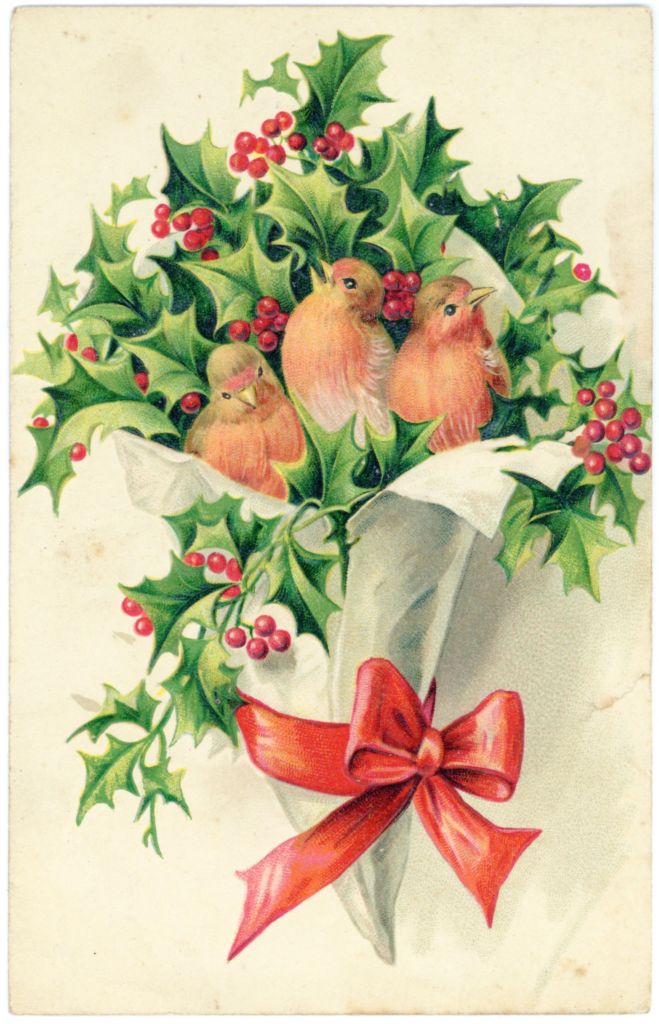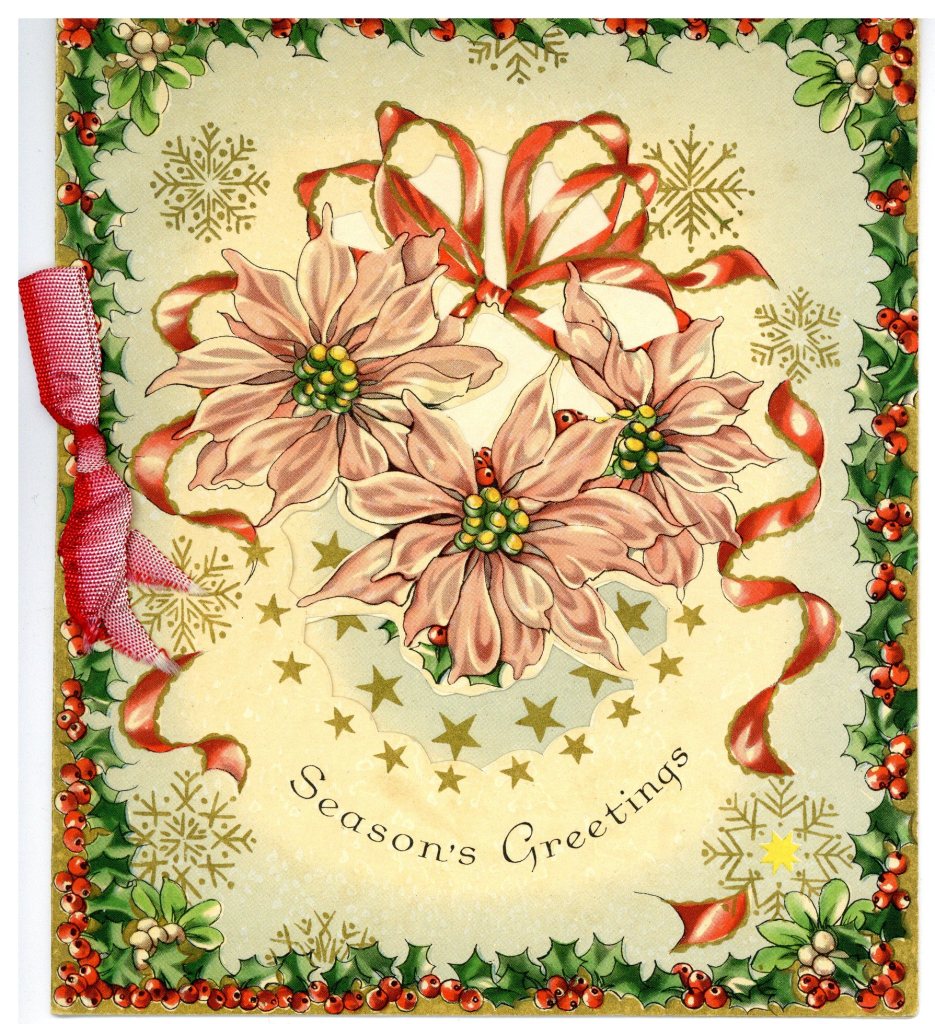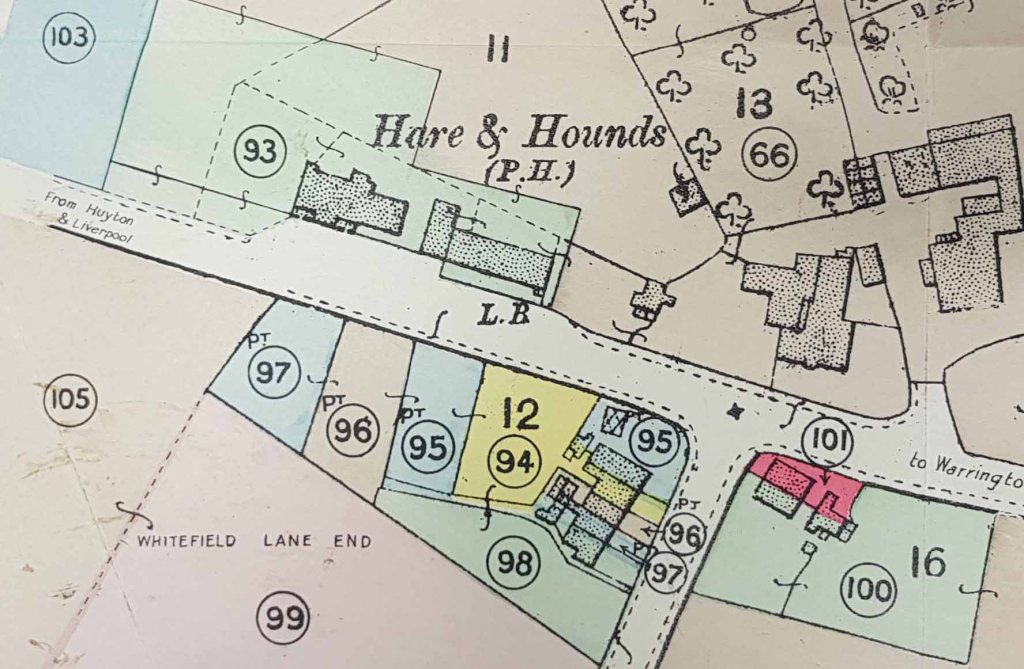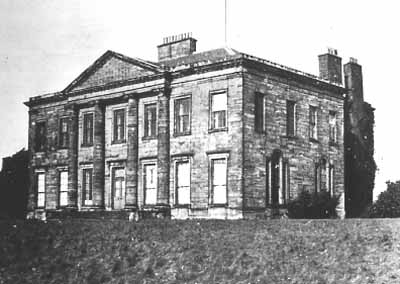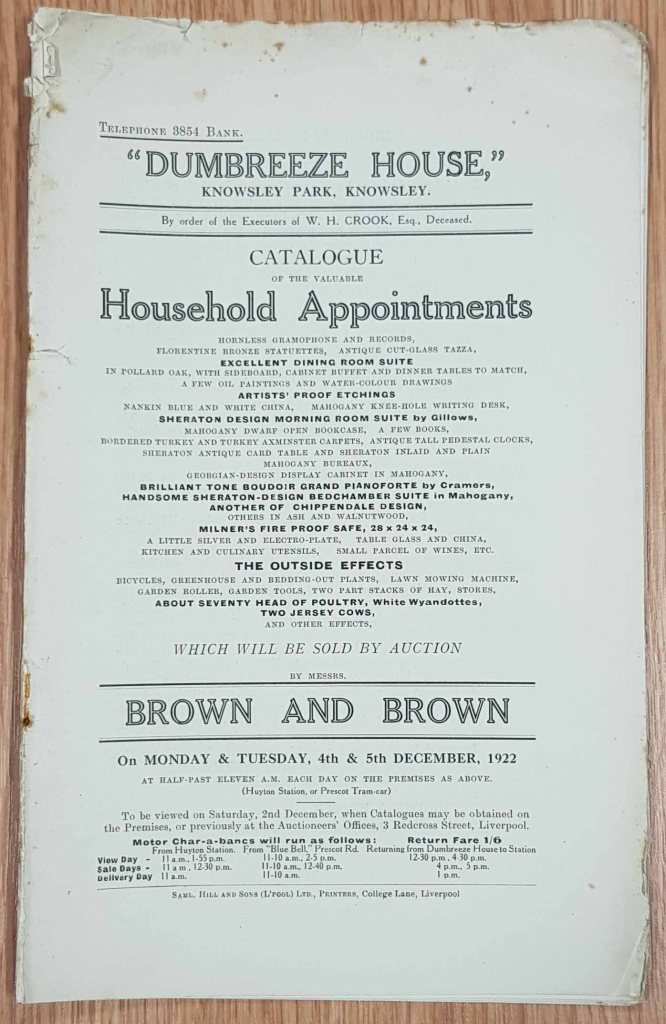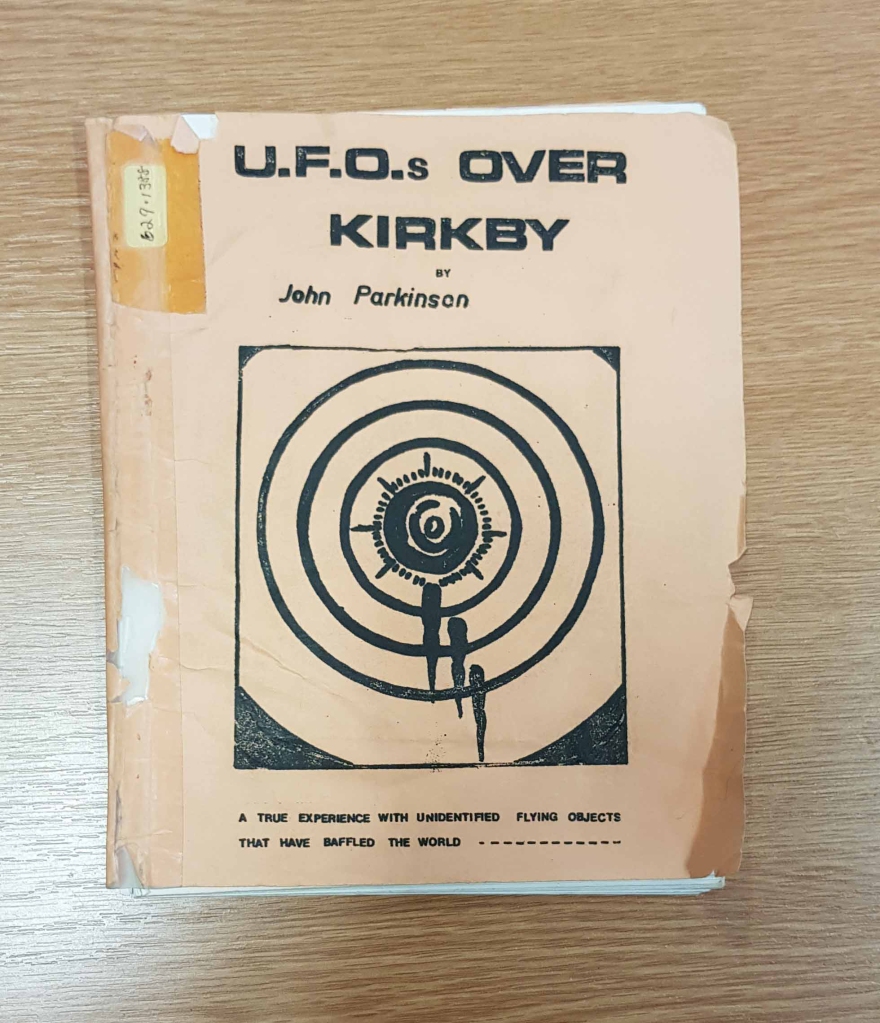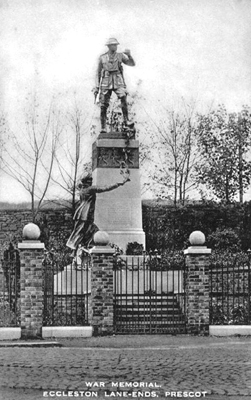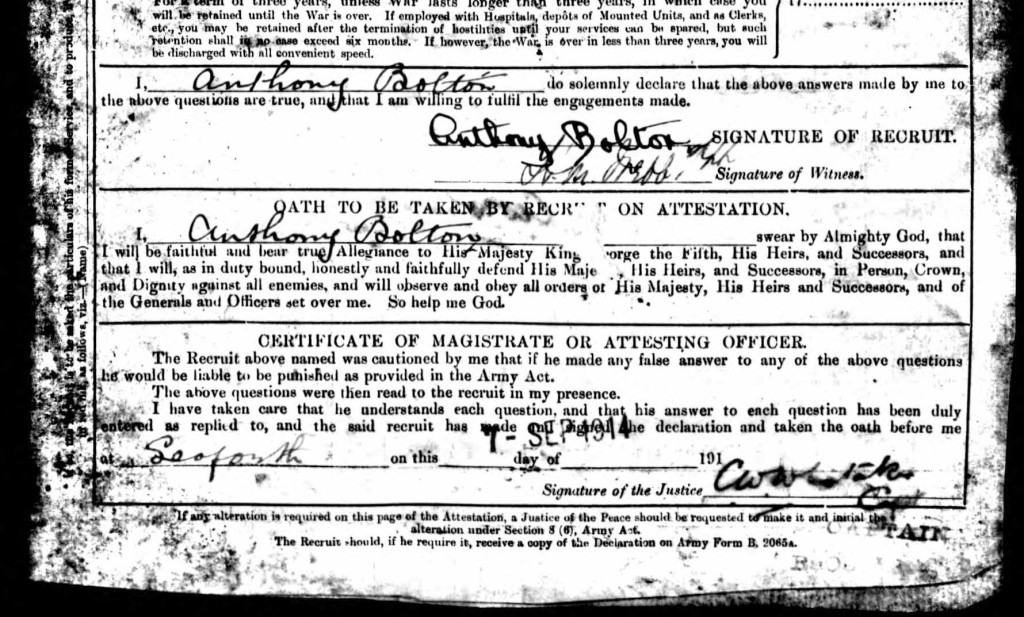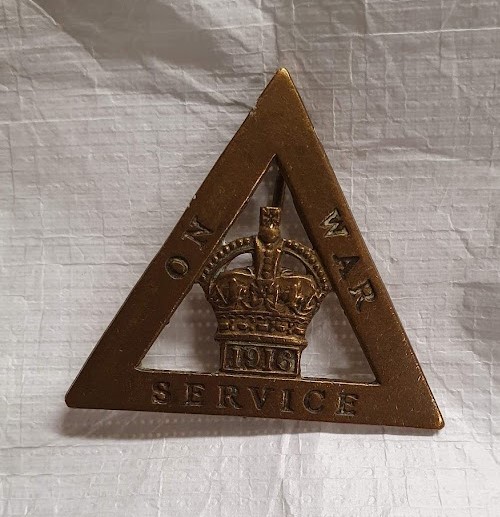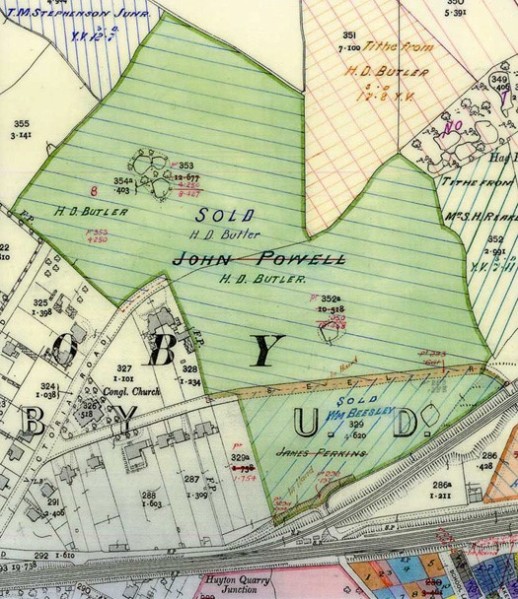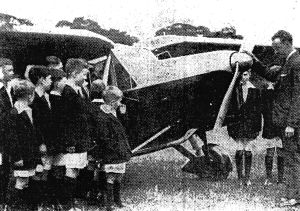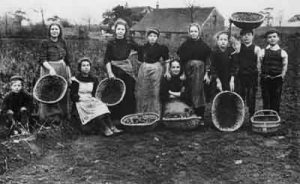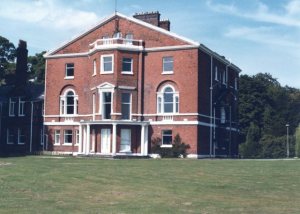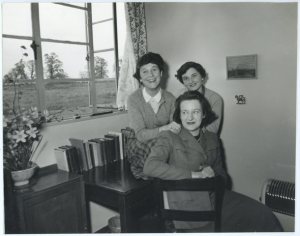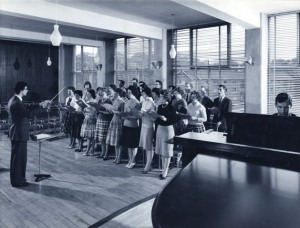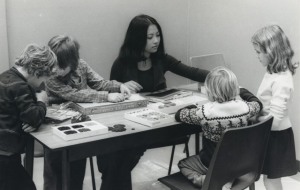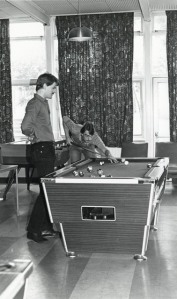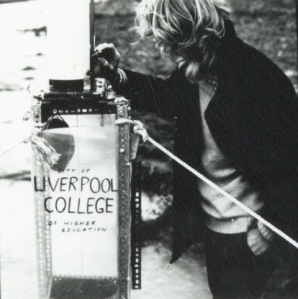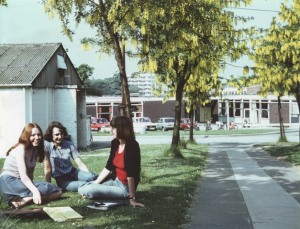A new exhibition in the Archive Exhibition Space, Kirkby Library celebrates the beginnings of the Metropolitan Borough of Knowsley…

The Borough of Knowsley as we know it today was formed under the Local Government 1972, coming into being on 1 April 1974.
It had been a long road to Local Government reorganisation: the Royal Commission on Local Government was convened in 1966 to set the criteria for the establishment of the new local authorities. The Commission reported its findings to Parliament in June 1969, including 10 general principles which underpinned the Commission’s proposals:
- They must be based upon the interdependence of town and country;
- Local Authority areas should give a sense of common purpose;
- All environment orientated services must be contained in one authority, which must be large enough to meet the growing population needs and its residents must have a common interest because of their life pattern;
- If possible, all local authority services should be contained in one authority;
- All authorities should be bigger than most county boroughs and all county districts;
- Authorities should contain at least 250,000 people;
- Those authorities that provided personal services should not contain much more than 1,000,000 people;
- In those parts of the country where the area required for planning and the environmental services had too large a population for the personal services, there should be a two tier system of local government. In these cases the related services should be kept in one authority;
- The new system, wherever possible, should come from the existing system.
- All personal services should be in the hands of one authority.
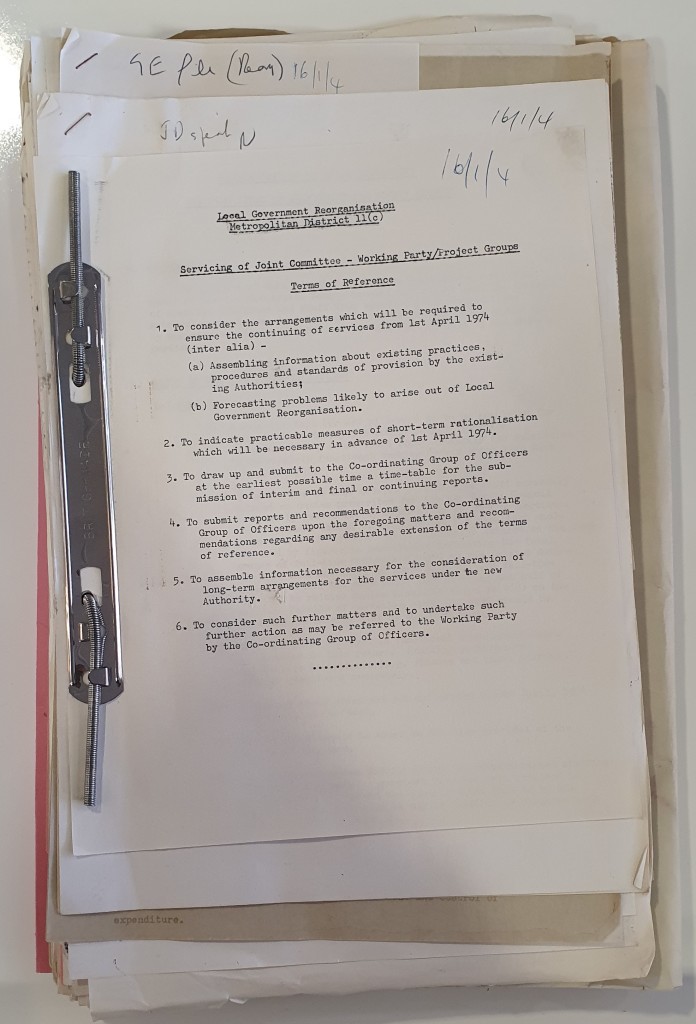
As the relevant Unitary Authority, Lancashire County Council responded to the Royal Commission on Local Government in England. As part of the negotiations and preparations for re-organisation, a Steering Committee was set up with representatives from Huyton-with-Roby, Prescot and Kirkby Urban District Councils and Whiston Rural District Council to manage the transition to the new Borough – but what to call it?
Two names were considered: Biccford (an amalgamation of BICC and Ford, the two major employers in the district), and Knowsley, the family seat of the Earls of Derby. By a show of hands, Knowsley was the winning choice, which was duly recorded by the Secretary of State for the Environment. A borough was born!
The first elections under the Local Government Act, 1972 took place in May 1973, when Knowsley District Council was created to allow for the transition to the new arrangements.
The first meeting of the District Council on 13 June 1973 includes minutes relating to the form of a petition to Her Majesty the Queen, requesting that the District of Knowsley be granted Borough status in accordance with Section 245 of the Local Government Act, 1972.
The very first volume of Knowsley Metropolitan Borough Council minutes dates from 1 April 1974 and records minutes from committee and sub-committee meetings, standing orders, terms of reference and financial regulations of the new Metropolitan Borough Council.
High on the agenda of the first meeting of the Borough Council on 1 April was the election of Mayor for the 1974-1975 cycle.
Moved by Councillor Tempest and seconded by Councillor Gleeson, it was resolved that Councillor John Maguire be elected Mayor of the Borough of Knowsley for the year 1974 -1975 and was duly invested with the Chain of Office. Councillor M. Burke was elected Deputy Mayor.
In addition to the Chain of Office, to outwardly signify their civic status, Knowsley’s Mayors traditionally wear full a robe, a hat and a fine lace stock, or jabot.
Here are examples of the robe, bicorn hat and jabot which feature in the exhibition. If the Mayor is male, the hat worn is a bicorn style, as shown here; a female would wear a tricorn, or three cornered hat:
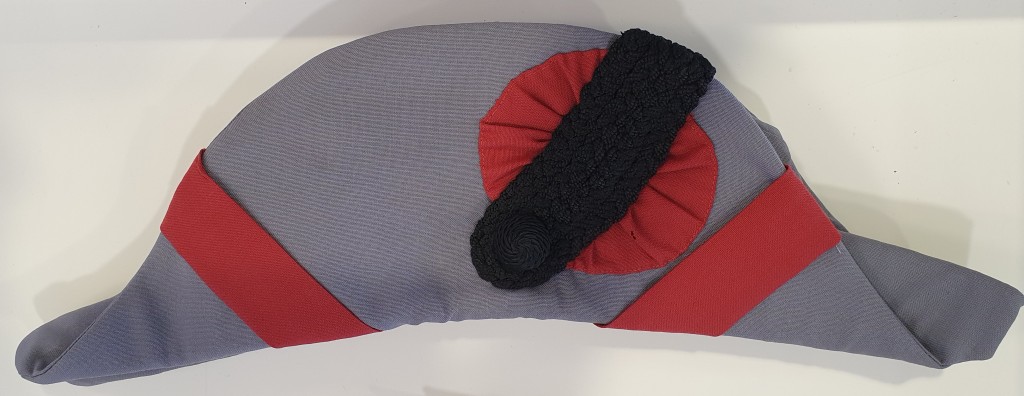
Throughout the year, there will be a rolling programme of exhibits that tell the story of the Borough of Knowsley through the lens of the Archive Collections. You’ll find us in the Archive Exhibition Space, Kirkby Library. Keep a look out for new displays, or get in touch for more information or to share your stories.
Contact Knowsley Archives Service, The ARK, 1st Floor, The Kirkby Centre, Norwich Way, Kirkby L32 8XY, call us on 0151 443 4291 or email us at infoheritage@knowsley.gov.uk.


